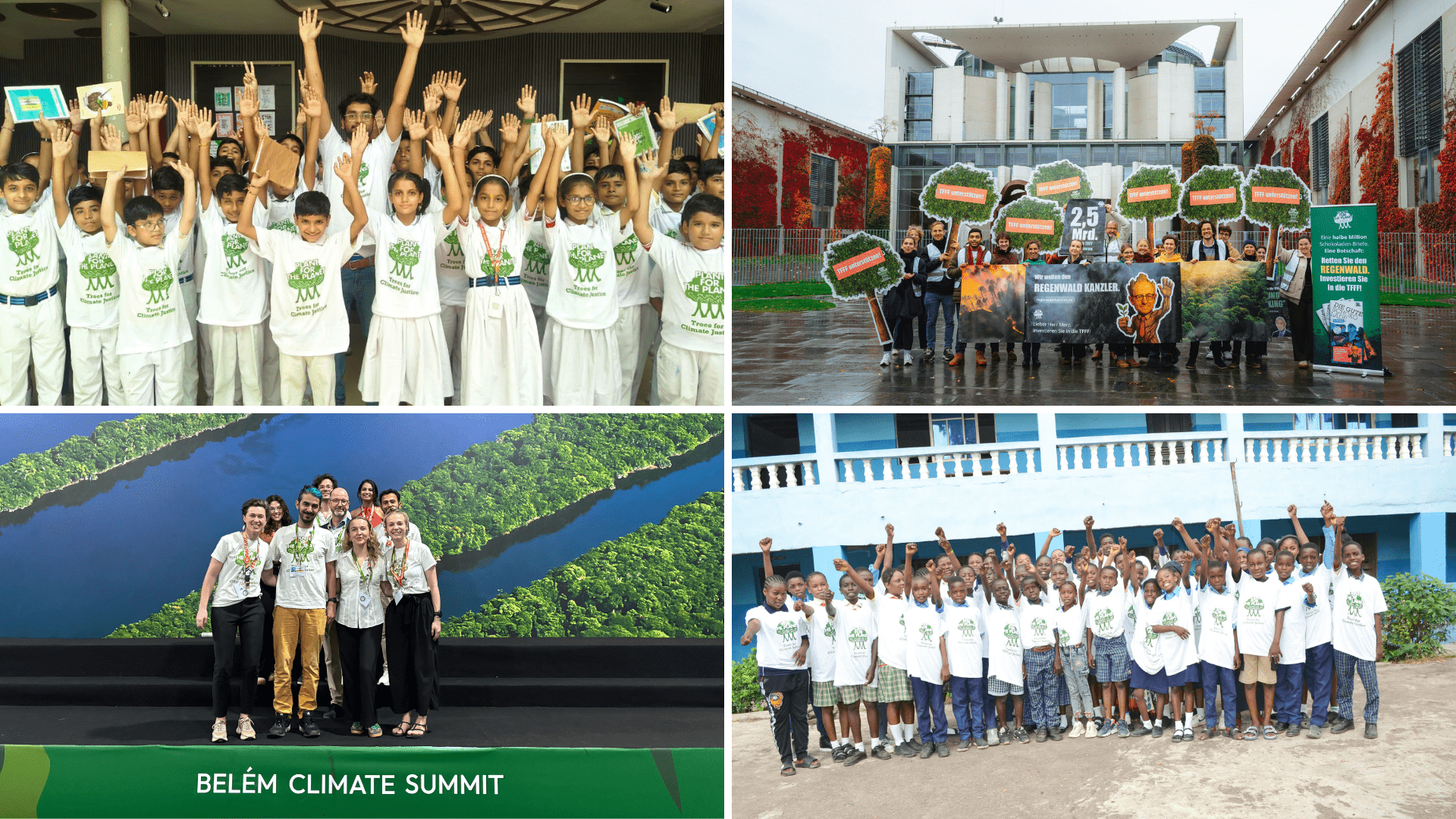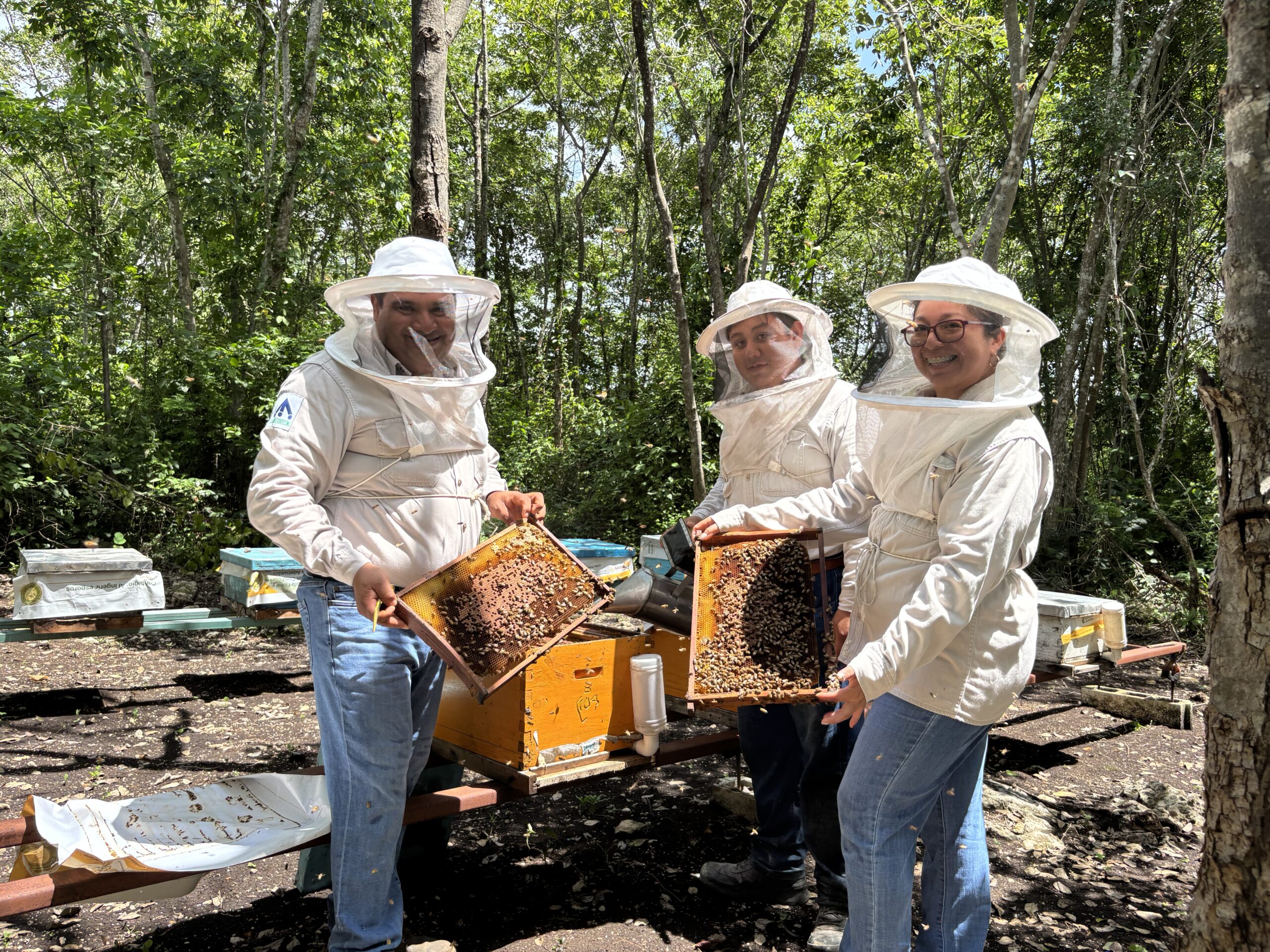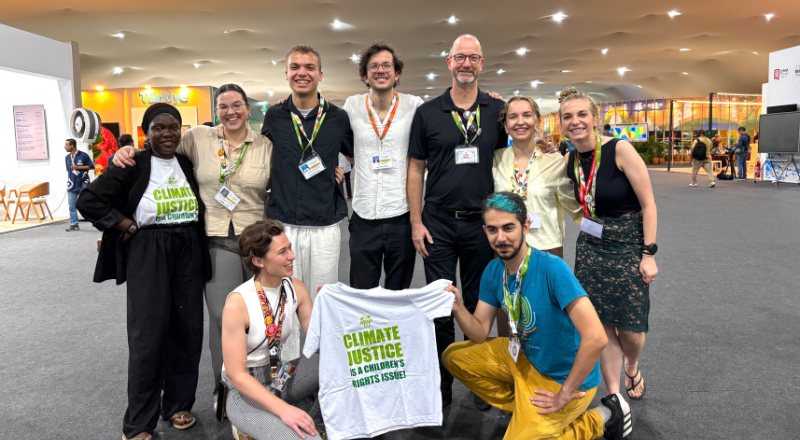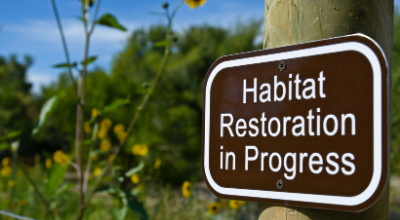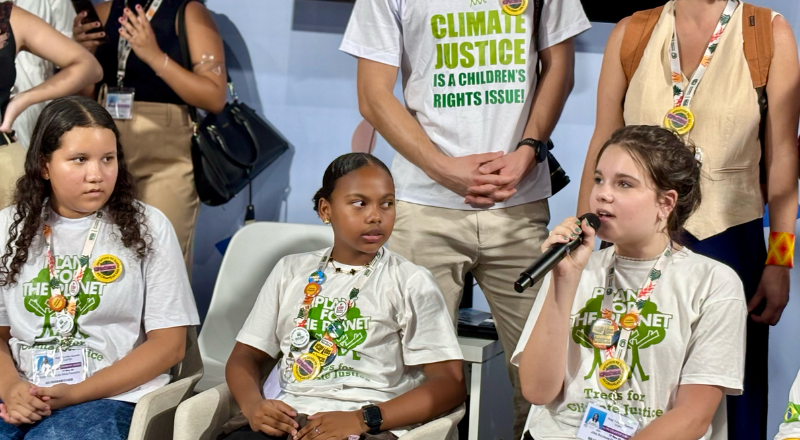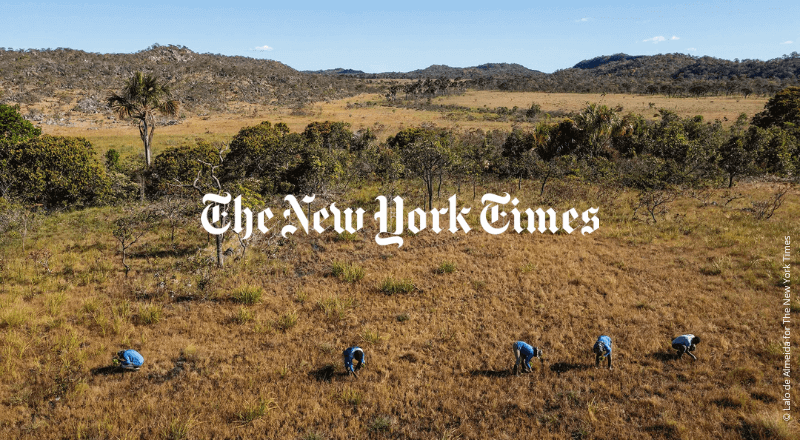
“The idea that planting trees can effectively and simultaneously cure a host of the world’s most pressing maladies has become increasingly popular in recent years“, writes the New York Times Magazine, “bolstered by a series of widely cited scientific studies and by the inspiring and marketable goal, memorably proposed by a charismatic 13-year-old, of planting one trillion trees.” This refers to Felix Finkbeiner, to whom the author Zach St. George refers even further. “The race for a trillion trees can continue to motivate donors, but Finkbeiner says that his organization is no longer focused on counting trees. Ultimately, he believes, the movement’s success or failure in restoring the world’s forests will be judged not by the number of trees planted, but via satellite imagery, viewed over the long term, and discussed the old-fashioned way — in hectares.”
– New York Times Magazine
Some days ago, the New York Times Magazine published a cover story about the global movement to bring back a trillion lost trees. And shares the story about how this movement – which now includes everyone from the WWF to the World Economic Forum and a commitment from the US Government – all started with Plant-for-the-Planet.
Why a Trillion Trees?
We used to have about 6 trillion trees on earth. Tragically, humans have cut down half, so only 3 trillion trees remain. In a perfect world, we would bring back all these lost trees. But we also need land to grow food. So we cannot restore all 3 trillion lost trees.
But there is good news: we can restore up to 1 trillion trees without encroaching on agricultural land.¹ Once these trillion trees are fully grown, these new forests could capture between 488 and 1012 billion tons of CO2. That’s about ¼ to ⅓ of all human CO2 emissions so far (2.2 trillion tons).
But that’s not all! Restoring forests achieves much more than just tackling the climate crisis. By ensuring that these forests recover this helps us avoid the loss of plant and animal species who call these forests home, especially when forests house 50% of all life on the planet. Regenerating forests can also improve local water quality and reduce erosion.
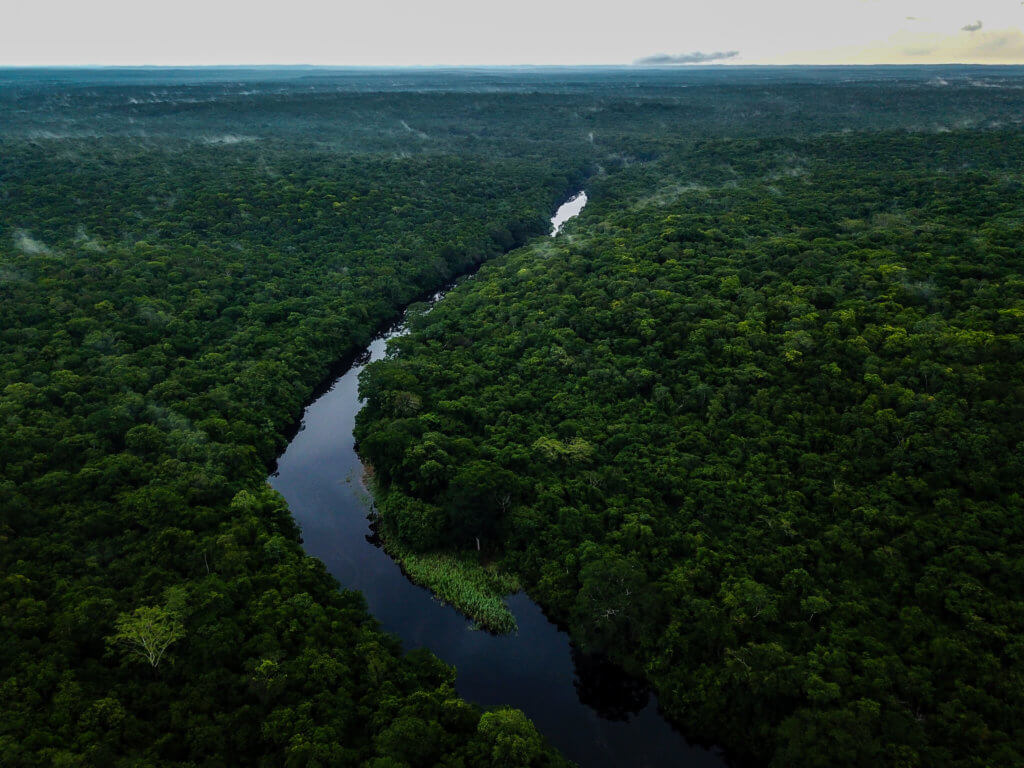
© Picture: Balam-Kú
A Movement to Restore – Not to Plant
However, the story the Magazine tells is a little stuck in the past. It tells the story of a movement to plant a trillion trees. And that is indeed how the movement started when we first called for the planting of a trillion trees back at the UN in 2011:
“It is now time that we work together,” he said. “We combine our forces, old and young, rich and poor, and together we can plant a trillion trees.”
– Felix Finkbeiner at the UN, 2011
But since then, more evidence has emerged that while tree planting is often the fastest and most effective method of bringing back lost forests, there are many cases in which other restoration methods are more effective.
For instance, tropical forests that were only very recently disturbed through forest fires can often recover relatively quickly without human intervention. In such cases, no planting is necessary. Nature can do the job for us.
In many other cases, methods like Farmer Managed Natural Regeneration, Applied Nucleation, Direct Seeding or Enrichment Planting are most effective.
So, Plant-for-the-Planet and the other institutions leading the Trillion Trees vision – WWF, WCS, Birdlife, 1t.org, and Restor – are very clear that we are focusing on restoring forests with a range of restoration methods.
Our Platform is also open to projects using a range of restoration methods. More ‘non-planting’ projects are joining all the time and we are adding some new tools to our TreeMapper app to better support these restoration strategies this year.
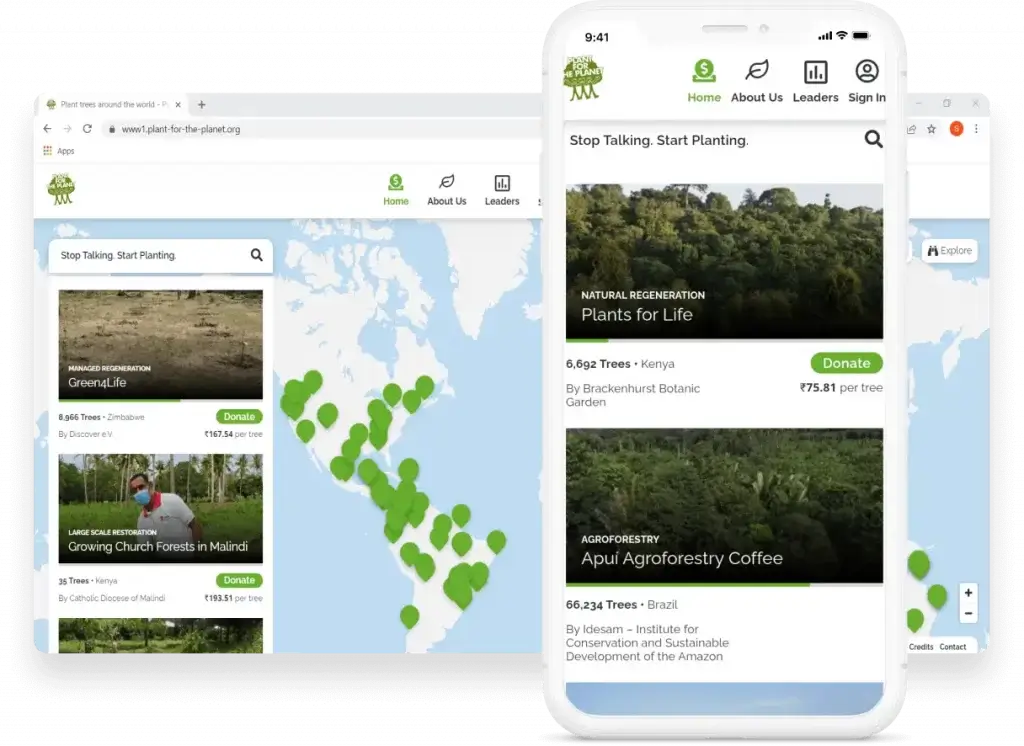
Thank you, NYT Magazine!
We are glad the New York Times Magazine chose to spotlight the Trillion Trees Movement with their cover story and appreciate that journalism on this movement has become a lot more nuanced over time.
This type of journalism, which showcases areas for improvement, pushes a movement to be better. With goals as big as ours, we can’t do without that!
But, as a movement we are not yet good enough in quantifying our impact and measuring how the ecosystems we work in are recovering – or in some cases not recovering – in the long run. Only by measuring and analyzing our failures, will we get better.
Getting better here is essential, not only to build trust in our movement but also so that we can further improve our restoration outcomes.
Ecosystems are complex and measuring these interventions at scale is hard. But it is good to see that a lot of organizations are making big efforts to improve. At Plant-for-the-Planet we’ve come a long way on this in our own work, particularly on the Yucatán Peninsula.
Moreover, we at Plant-for-the-Planet are dedicated to make our own contribution to transparency and traceability through our free software tools (and TreeMapper in particular).
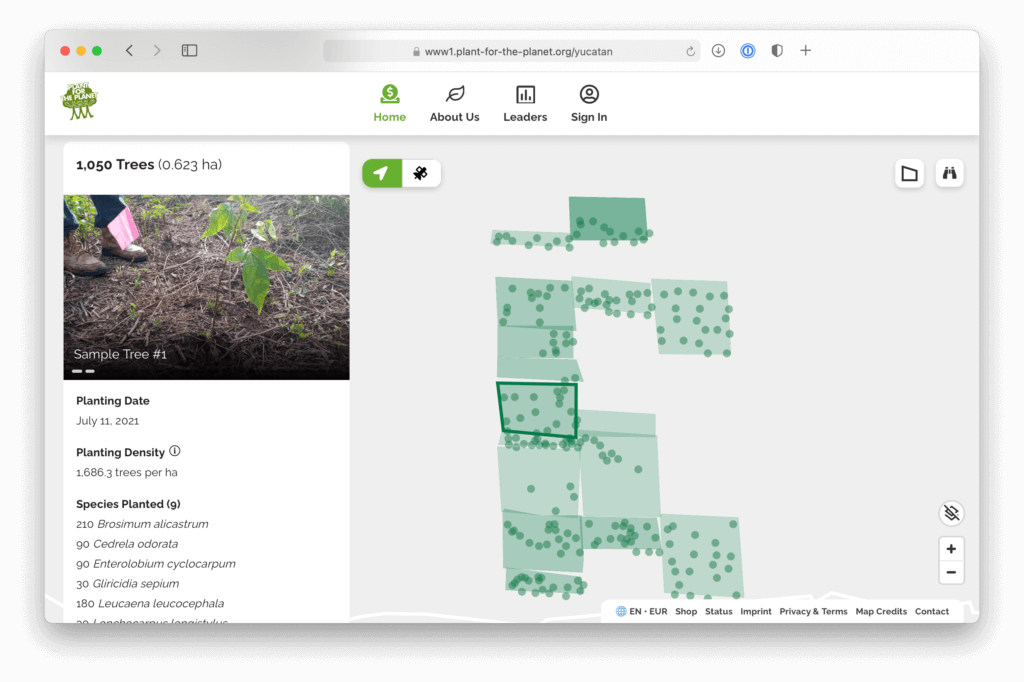
Our next priorities in this regard are:
- Simplify TreeMapper so that more projects begin to monitor their ecosystems
- Extend our software tools to better support efforts that center natural regeneration
- Support our partner projects in site analysis through our new Restoration Advisory Board to ensure that no natural grasslands are inadvertently converted to forest ecosystems
A lot of work remains to be done. But it is wonderful to see how far we have come. Onwards and upwards!
¹Estimates of global forest restoration potential vary. See Grainger 1990, Houghton 1990 and the IPCC First Assessment Report – WGIII 1990, Hansen et al. 2013, Crowther et al. 2015, Griscom et al. 2017, Erb et al. 2017, IPCC Special Report 1.5° 2018, Bastin et al. 2019, Strassburg et al. 2020, and Walker et al. 2022.
